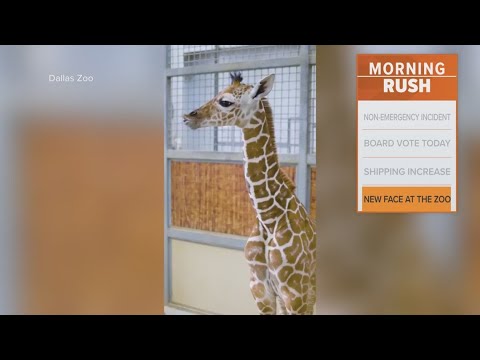Study on urban raccoons: While scientists speak of "pets," Europe is waging a war of extermination.

A closer look reveals that the new domestication study on raccoons primarily tells a story about human responsibility and a hunting policy that consistently ignores scientific findings.
A research team led by zoologist Raffaela Lesch from the University of Arkansas Little Rock analyzed nearly 20,000 photos of raccoons uploaded by members of the public to the iNaturalist platform. They measured the head and snout proportions of animals from rural and densely populated areas of the USA. The result: urban raccoons have, on average, snouts that are about 3.5 percent shorter than their rural counterparts, a classic characteristic of the so-called domestication syndrome.
Domestication syndrome refers to a whole range of traits that appear in animal species when they live in close proximity to humans for extended periods: shorter snouts, altered coat patterns, reduced aggression, and less flight response. The researchers interpret their findings as a possible early indication that raccoons living in the shadow of human cities could be following a similar path to that which wolves once took to becoming dogs.
That the media portrays them as "future pets" is less a matter of science than clickbait. There is no targeted breeding, no legal protection, and no mandatory husbandry standards. The study shows that raccoons adapt to a niche we have created: the waste and structures of our cities. Nothing more.
In Europe, the reality is entirely different. Here, the raccoon has been legally declared a problem species. Based on EU Regulation 1143/2014, the raccoon was added to the Union list of invasive alien species in 2016.









